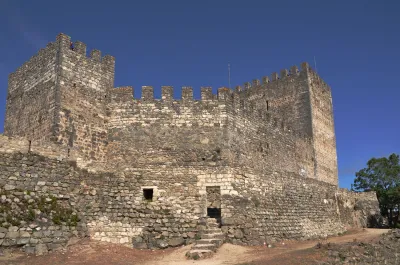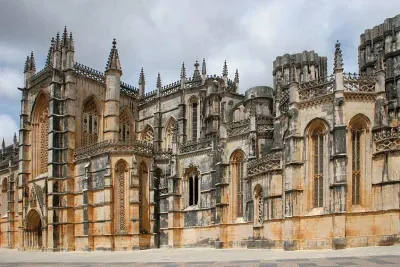Sé de Leiria

Leiria's 16th century cathedral (Sé de Leiria) lies just beyond the old city walls in a small square. It was constructed between 1559 and 1574, during the reign of Dom João III to designs by architect Afonso Alvares.
The exterior styling is of the fairly austere Mannerist school, although the interior, with its barrel vaulted roof is quite lavish.
Leiria Castle

Impressive 12th century castle overlooking the town. The castle was built to defend against reconquest by the Moors, and this did indeed happen on 2 occasions. The castle also contains a 15th century palace within its walls
Batalha Monastery

This extravagant mix of Late Gothic and Manueline architecture is rightly placed on UNESCO's World Heritage list. Built in the 14th century by King João I to celebrate victory in the battle of Aljubarrota the monastery houses both his and his son, Henry the Navigator's, tombs
